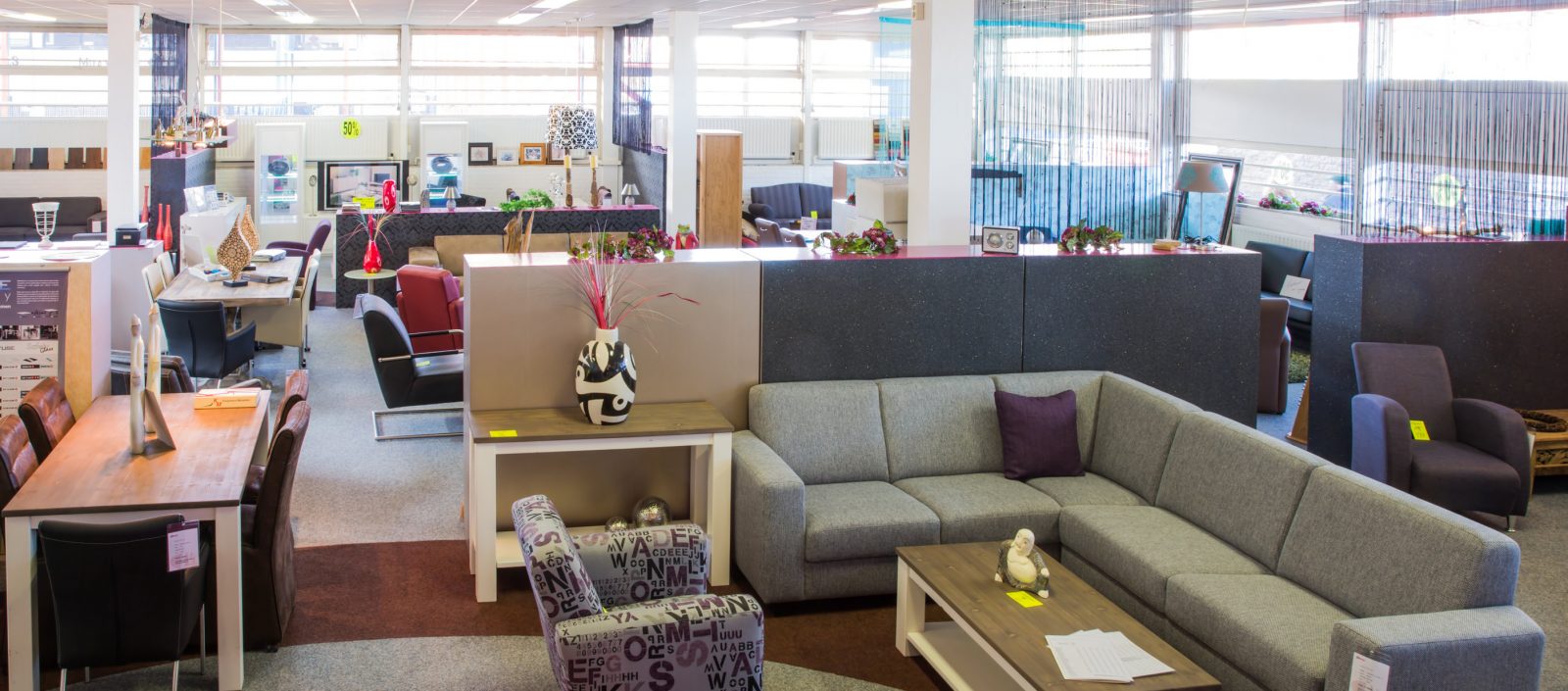With online shopping and smart devices growing in popularity, it seems like showrooming, when people come into your store to test your products but ultimately buy them online, is here to stay. Here are 11 ways to address showrooming and convert your browsers into buyers:
- Offer competitive pricing: If you can lower your prices or offer price-matching for certain items, do so. Otherwise, consider honoring competitor coupons or having more frequent sales. Due to the costs of owning or renting a physical space, you’ll probably never beat online pricing entirely – but that doesn’t mean all hope is lost. After all, online e-tailers aren’t your biggest competition.
- Compete with other brick-and-mortar stores: It’s impossible to directly compare online shopping to the in-store experience, so don’t. Instead, look to other physical stores to see how your own shop could improve. Do they have a nicer looking store? Is their layout more strategic? See what they’re doing right and take that knowledge back to your own space.
- Host in-store events: To kick off a new product or season, throw a party for your customers. Sure, there are expenses associated with hosting events, but it’s easier to convince shoppers to buy when they’re already in your store. Events, especially ones with free food or drinks, make your store more enticing to potential shoppers, too.
- Employ the best sales associates: Most online shops offer live customer chat, but messaging with a person who could be continents away will never replace a face-to-face conversation with a knowledgeable, in-store sales rep. Hire stellar employees and thoroughly train them on your inventory. Also, pay attention to your staff scheduling. You want to make sure you have experts on hand at all times and your store is never understaffed.
- Build a better physical space: To bring customers in, you need to create a welcoming environment. If you don’t already know, find out what decor or colors appeal to your clientele and incorporate them into your store. Don’t underestimate the importance of good lighting.
- Expand your offerings: Take a cue from the online trend of “lifestyle” or curated sites and start bringing in new merchandise that your customers would be interested in. For example, if you sell women’s clothing, stock jewelry or cosmetics that match your store’s image. If you run a vegan grocery store, sell cookware or natural organic toiletries. Whatever related interests your customers have, appeal to them with additional merchandise.
- Tap into local products: Of course, the best way to prevent people from buying your products from a website is to carry products that can’t be bought on a website. Network with local producers, artisans or shops to see if they would be interested in providing your store with unique merchandise.
- Reward your customers: Loyalty or rewards programs are great incentives for repeat shoppers. If possible, team up with a complementary business to offer cross-promotions or coupons for each other’s stores.
- Embrace technology: While it might seem counterintuitive, offering free Wi-Fi in your store can actually improve sales. Also, if you’re currently cash-only, start looking into other payment methods. There are many solutions nowadays that make it easier than ever to accept credit cards or mobile payments.
- Create your own online presence: Having your own online store will boost your sales, especially if you offer perks that e-tailers don’t, like in-store pickup and easy returns. Beyond that, any online presence will draw in more customers. If your store doesn’t already have social media accounts – especially Facebook and Twitter – work on getting those set up and, ideally, posting regularly.
- Share product reviews: One of the biggest reasons shoppers turn to online stores is the convenience of reading reviews. Why not bring reviews into your store? Set up a board where customers can leave product reviews, or create a special display area for customer or employee favorites.

